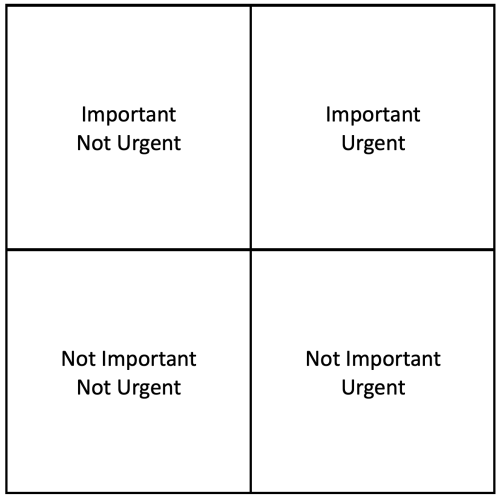
As I work with senior executives around the country, it’s apparent that problem leaders abound. These are leaders who, although bright and experienced, cause problems within the workplace and make progress that much harder.
I’m regularly brought in to coach these problem leaders and I’ve found that the issues often fall into several categories, namely 1) lack of strategic thinking, 2) inability to influence and gain buy-in for their ideas, and 3) feeling the need to micromanage their team.
1) Lack of Strategic Thinking
A lack of strategic thinking often exists because for years prior to someone becoming a leader, they mastered the art of thinking tactically rather than strategically. In addition, they tend to see things in their “silo” – which results in a narrow focus rather than a broader, higher-level perspective. All of which leads to another common issue. The issue of addressing symptoms rather than the underlying problems.
Each of these issues causes friction in the workplace, slows progress, and frustrates everyone. Plus, to compound things, they have blind spots. They can’t see what they’re missing.
Helping them learn to think strategically and more broadly makes them (and their team) more effective.
2) Inability to Influence
The inability to influence others and to get buy-in for ideas is one of the most common sources of frustration and friction with leaders.
Because of their years of experience, they often have good ideas – ideas for driving results, solving problems, and/or moving in a new direction. The problem is that unless they get buy-in for those ideas, the best they can hope for is compliance from their team. And as we know, the results from a committed team are very different than from those of a team that is simply compliant.
The longer this dynamic continues, the more frustrated the leader becomes. And the more frustrated they become, the more agitated and confrontational they become.
Showing them how to have greater influence and how to be more persuasive has a positive and immediate impact.
3) Feeling the Need to Micromanage
Leaders who feel the need to micromanage cause widespread disengagement within their team, which of course, leads to low productivity and high turnover.
Leaders who micromanage don’t understand how to lead professionals. They don’t engage or listen to their teams. They don’t create a trusting environment. They treat adults like children. And they even treat people like “things”.
The key to effectively leading professionals is to treat professionals like professionals.
At the heart of this approach is the reality that most professionals want to do a good job. They want to produce professional results. Consequently, a leader doesn’t need to constantly monitor the work and progress of a professional. Instead, they need to ensure that the person is clear about what needs to be done, what the outcome needs to be, and when the task needs to be completed.
Once all of this is established, the leader needs to leave them alone to complete their work. They can (and should) wait for and expect the results to be delivered with quality and on time.
Helping leaders learn to let go while still holding people accountable is key to making them more effective.
If you’d like further insights on how to deal with problem leaders and make them more effective, feel free to download my whitepaper on
Strategies for Dealing with a “Problem Leader”: https://www.elicitingexcellence.com/problem-leader-strategies




